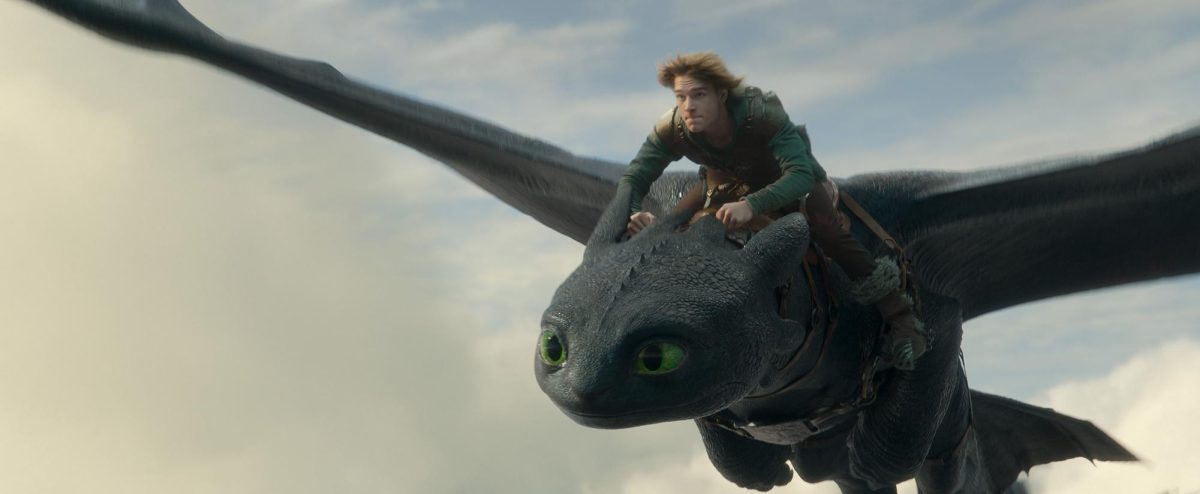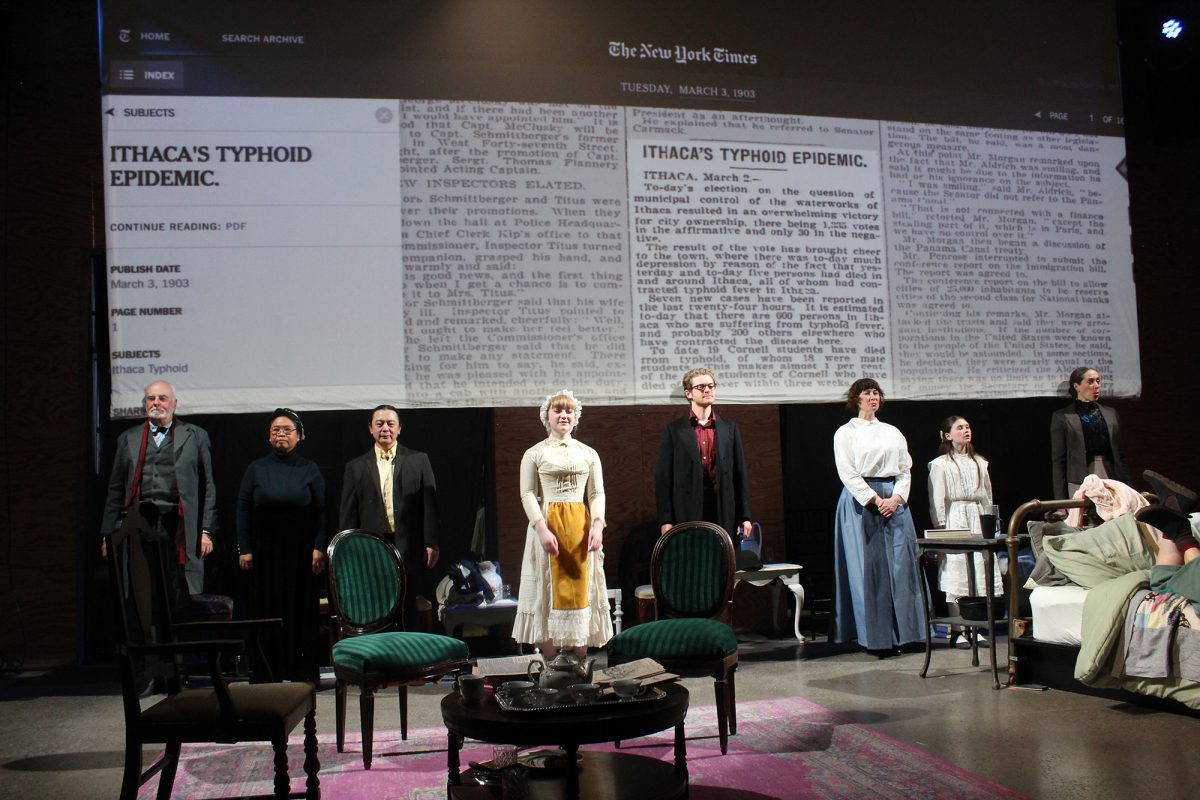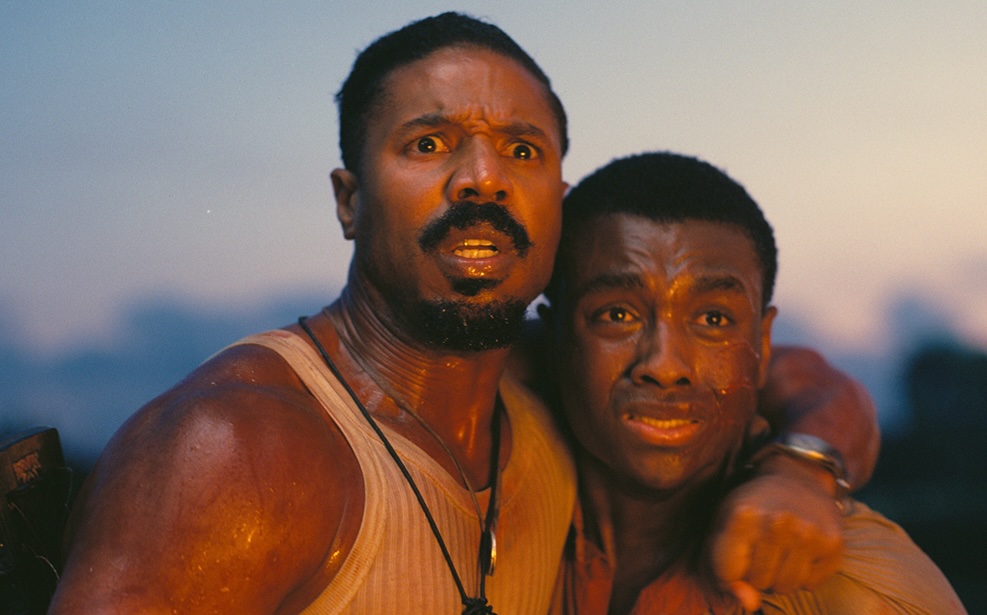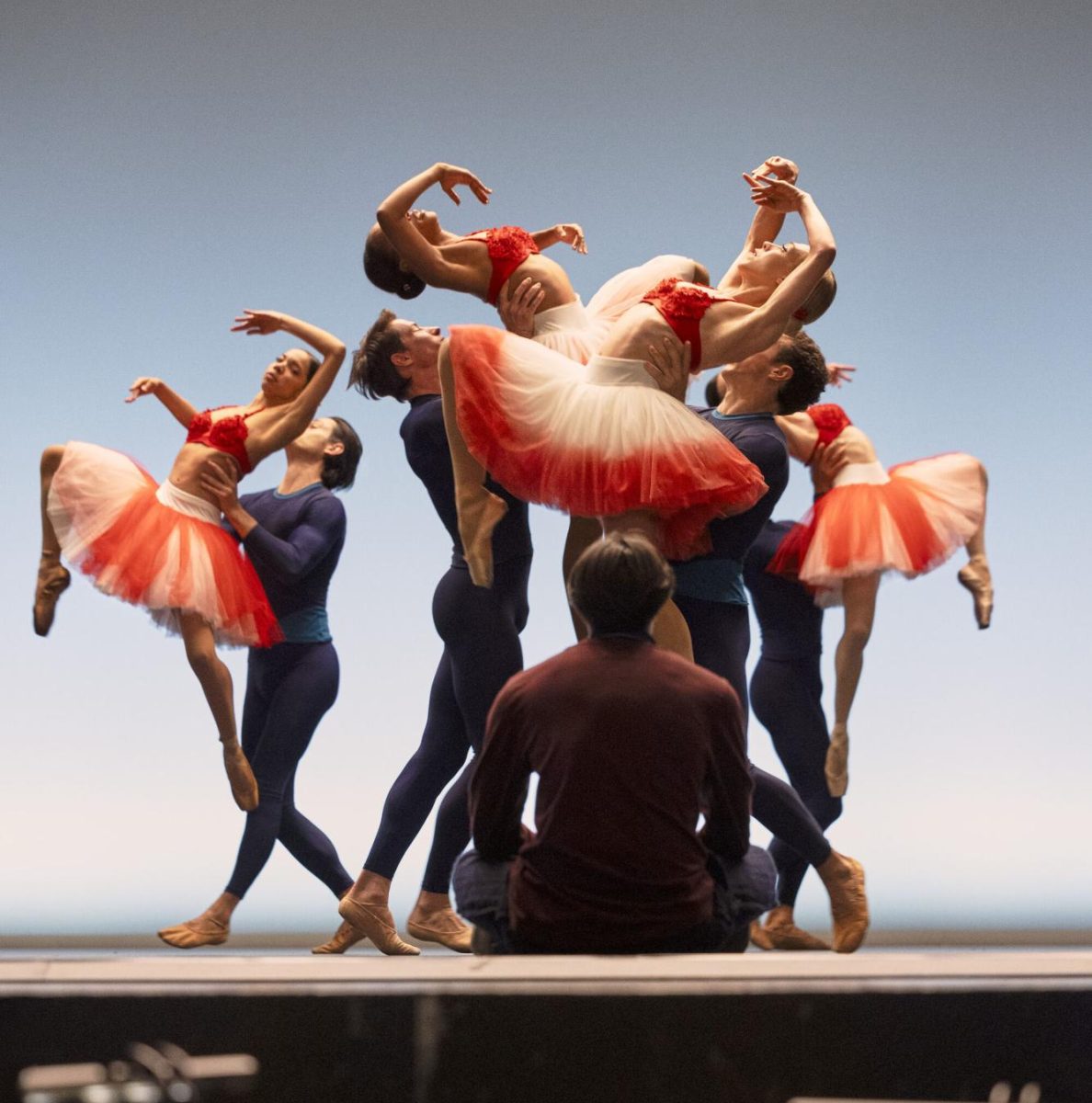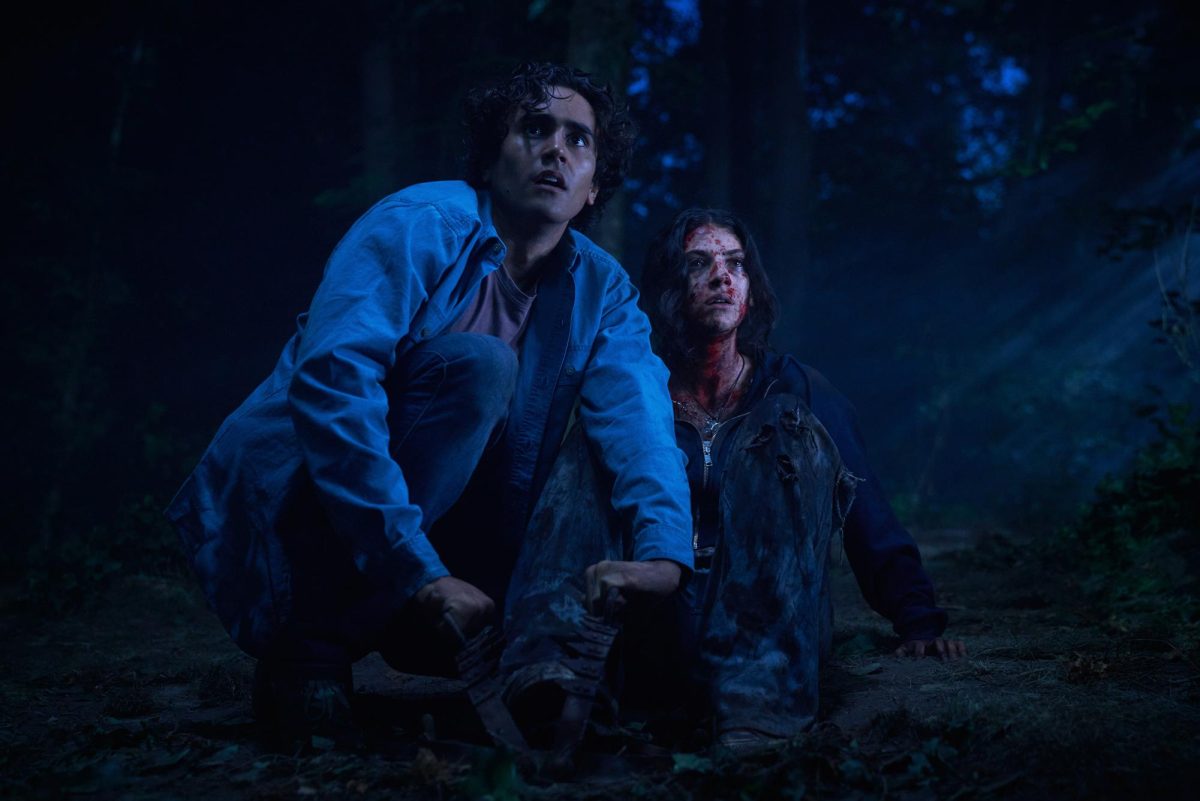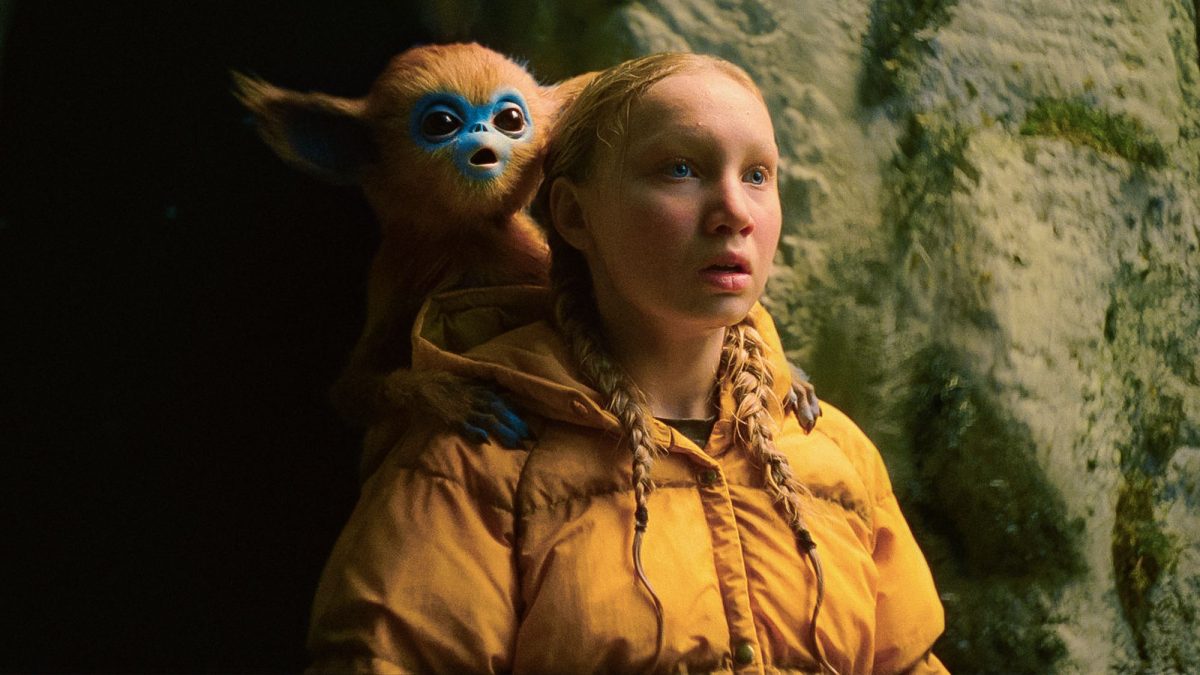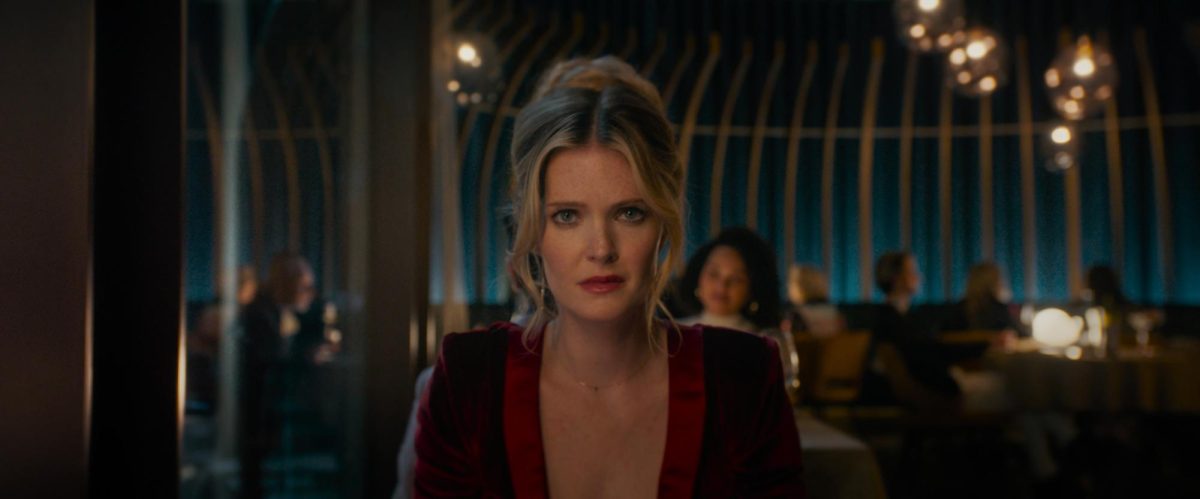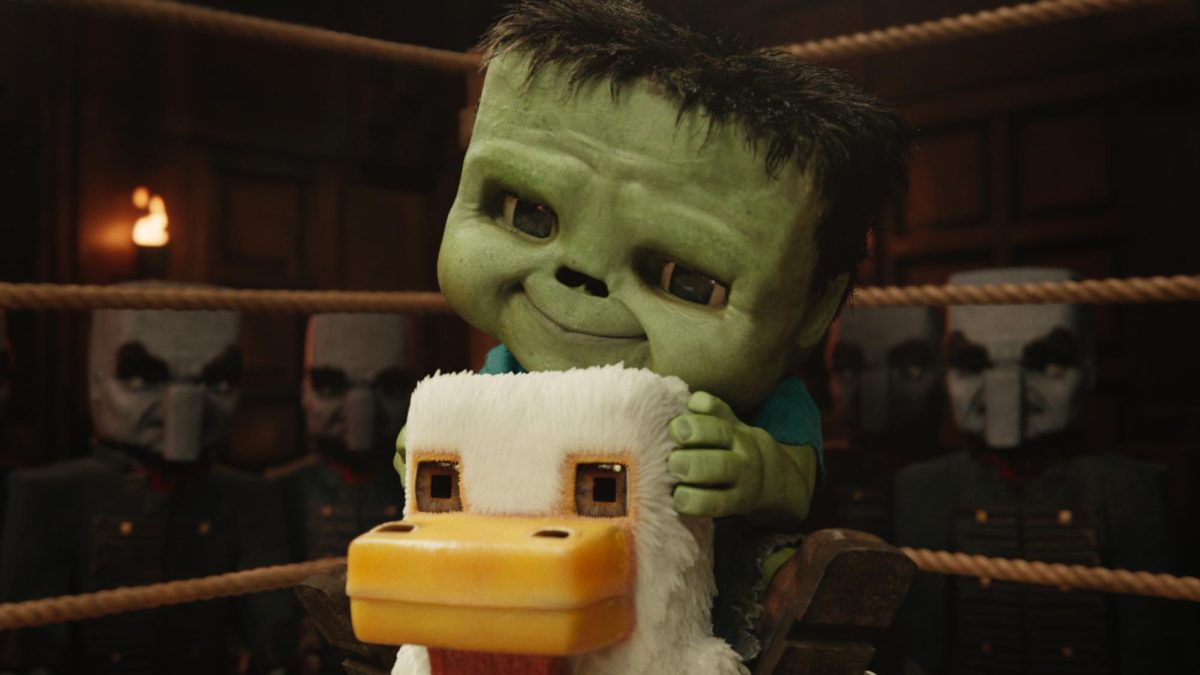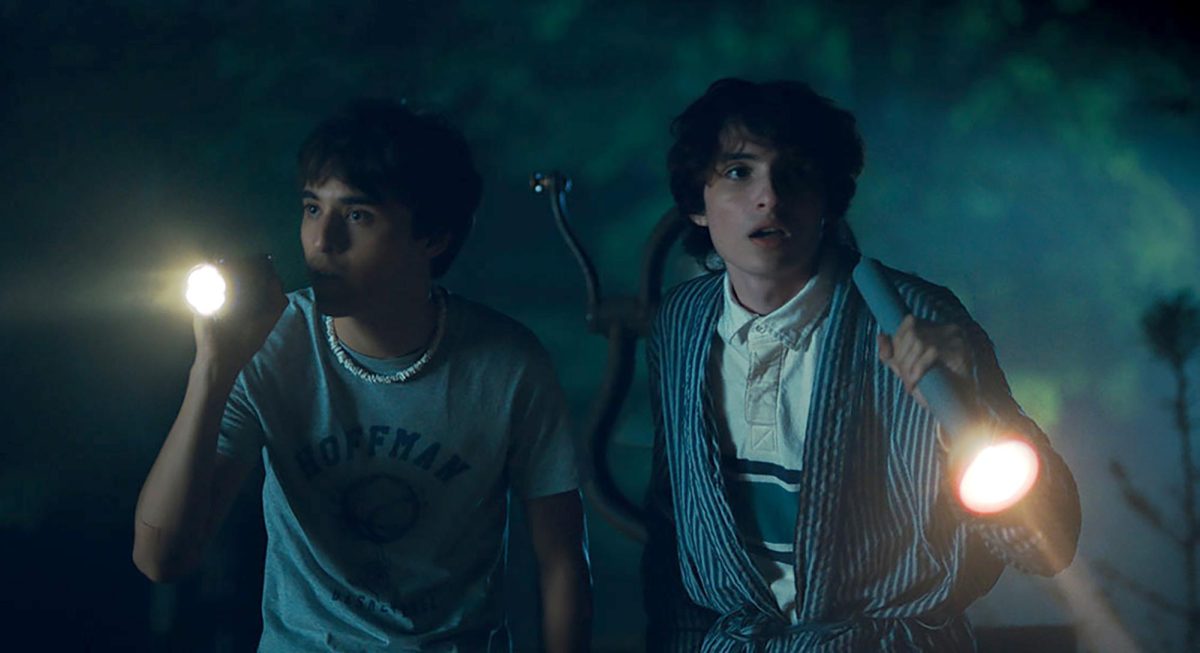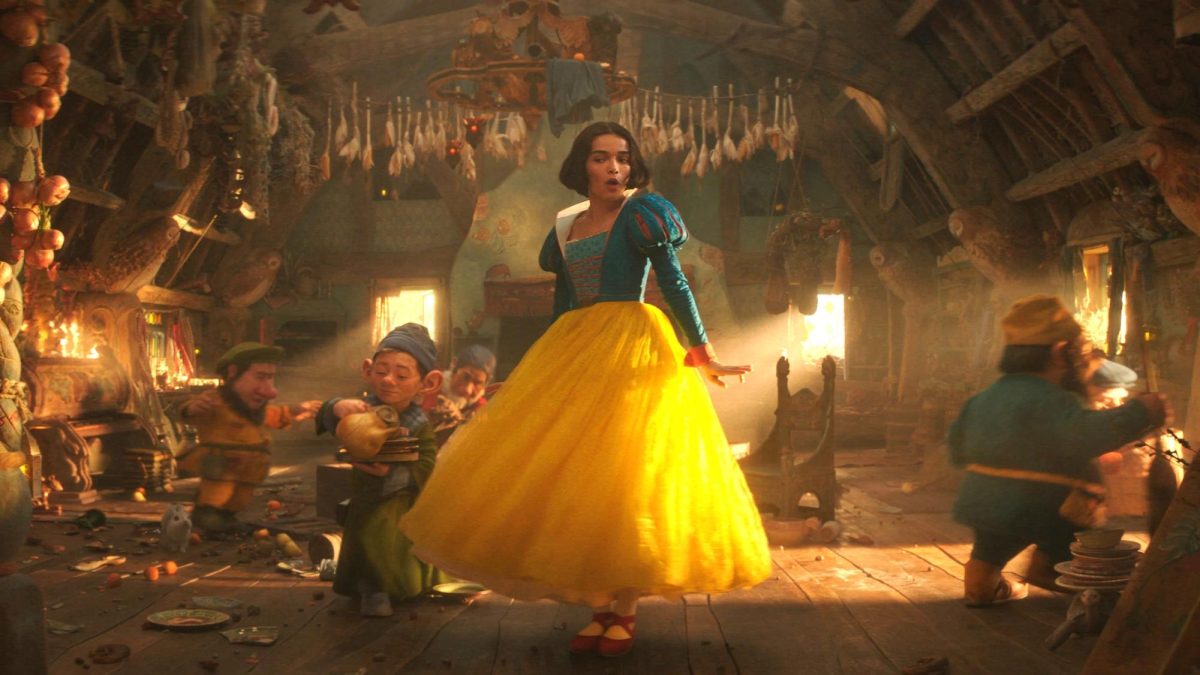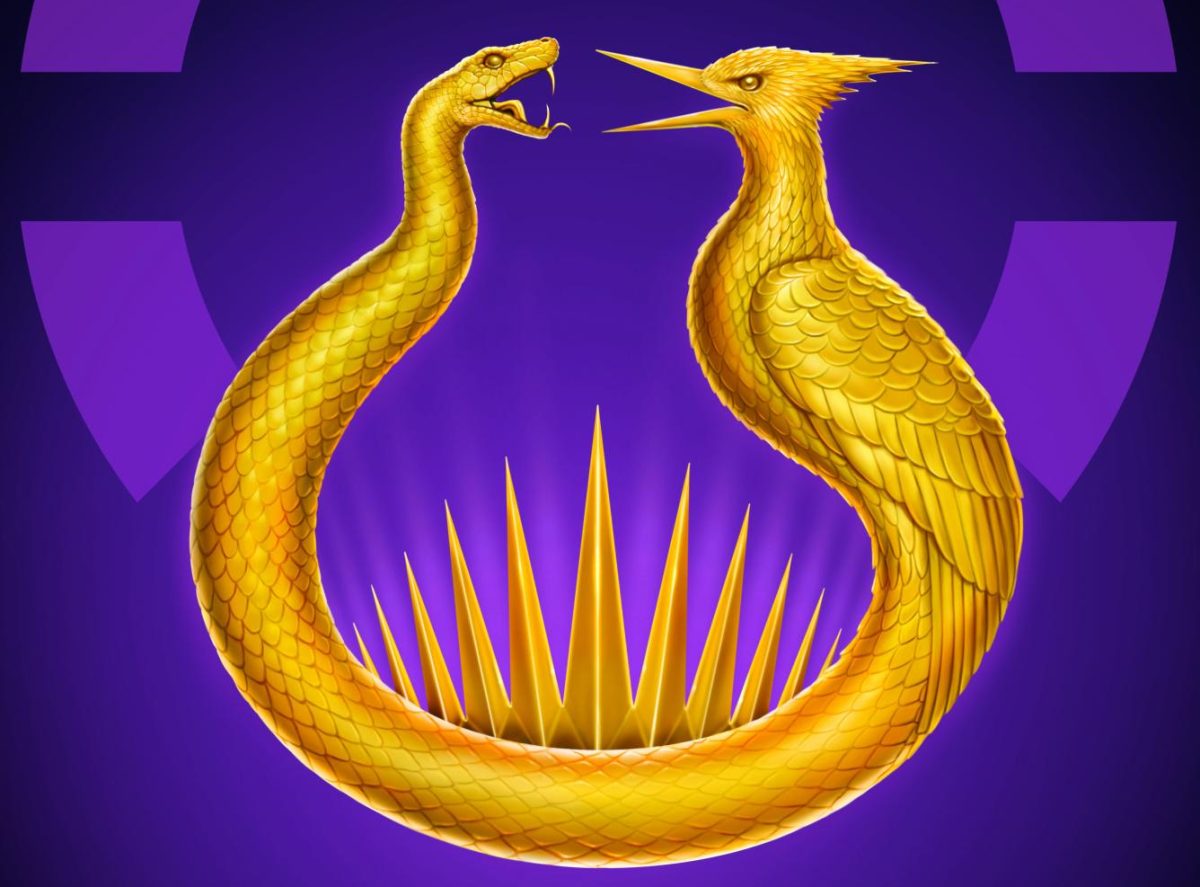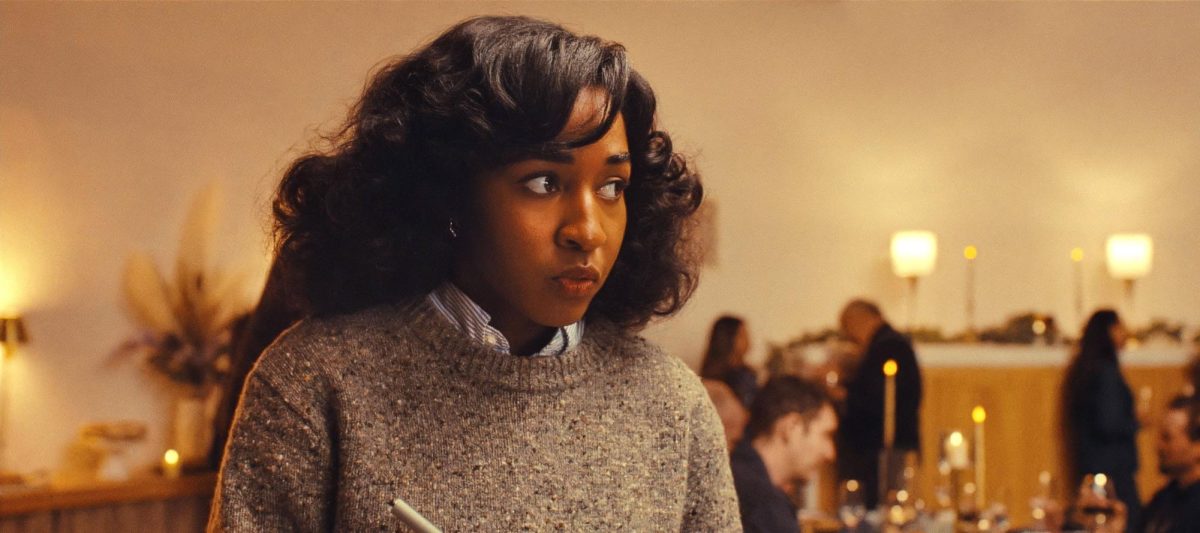4.0 out of 5.0 stars
In 2010, DreamWorks Animation released “How to Train Your Dragon” to much critical acclaim, including two Academy Award nominations and a 99% Rotten Tomatoes score. In 2025, DreamWorks Animation teamed up with Universal Pictures to release virtually the same movie, but this time they ditched the animation in favor of live-action.
Directed by Dean DeBlois, the film takes place on the Viking island of Berk as its citizens persevere through vicious and habitual dragon attacks. The film follows the rejected — but not dejected — son of the chief, Hiccup Haddock III (Mason Thames), as he leads the island away from their long–standing tradition of violence in favor of peace with the dragons. He leads this change through his accidental friendship with a Night Fury he dubbed ‘Toothless,’ much to the dismay of his father.
The movie borrows from the audience’s love for the original film and uses their nostalgia and goodwill to gain entry into 2025’s competitive cinema landscape. This is a method companies like Disney have seemingly been trying to capitalize on with their own live-action remakes for over 10 years. But where public opinion of Disney’s remakes has been progressively negative over the years, to the extent that they have been described as “cash grabs” and nostalgia-bait, “How to Train Your Dragon” is faithful to its source material in all the right ways. It retains the heart and soul of the original film and repackages it into a familiar story for modern audiences.
By creating such an authentic adaptation, DreamWorks has kept the joy and color of the Isle of Berk. The 2025 film has nearly identical recreations of heartwarming fan-favorite scenes like Hiccup and Toothless’ first touch. This does pose the question, though, of whether these remakes are truly necessary.
If “How to Train Your Dragon” were the only live-action remake of its time, discussions about its purpose would be less common, but nothing exists in a vacuum, and “How to Train Your Dragon” is one of countless animated franchises to receive the live-action treatment in the past 10 years — think of 2010’s “Alice in Wonderland”, 2019’s “The Lion King” and 2023’s “The Little Mermaid.”
The frequency of this Hollywood habit leads one to wonder: why this movie, and why now? There were no gaping errors or issues with the original “How to Train Your Dragon” film and it was made only 15 years ago, so antiquated technology or outdated animation cannot be to blame. So what can?
It all boils down to the fact that Hollywood studios and their audiences do not tend to take risks. For the studio, business dictates that the risk involved in making an entirely original new movie is significantly higher than taking an existing piece of media and repackaging it. The film already has support from the source material’s existing fanbase before it even hits theaters. And for the viewers, they don’t have to worry about buying a ticket or wasting two hours on a movie they will not enjoy, since they already know the story, characters and plot they are spending their money on. It is nearly foolproof.
However, just because a movie has been done before does not mean there is no value or skill in retelling it. In fact, it is the cast and crew’s dedication to “How to Train Your Dragon” that makes it truly shine. The sets are beautiful, the performances are strong and the costuming is impressive.
Gerard Butler’s transformation into Viking Chief Stoick the Vast was particularly meaningful. His performance properly brought this antihero to life with all the passion and dedication the role requires. Butler had big shoes to fill for this role: his own. He is the only actor of the main cast who retained their role from the animated film to the live-action, stating that it would have been “weird” to see another actor take on the role.
Animation is a significantly different medium from live-action, but Butler made the transition seamless with impressive performances in both the big and small moments. Part of what makes “How to Train Your Dragon” so special is the complex father-son relationship between Stoick and Hiccup. Butler carefully navigated these emotional scenes, ensuring Stoick’s substantial presence did not overpower an important moment.
Thames gave a strong and committed performance as Hiccup. The role has catapulted the fairly successful 18-year-old American actor into the big leagues. His IMDb bio describes him as “sought-after young talent”, a description all too realistic after his breakout performance in the film. Thames translates Hiccup to live-action impressively, retaining the character’s underdog charm from the animated movie.
No matter the pretenses under which the movie was created, the film stands on its own. DeBlois created a compelling world with characters you want to root for, portrayed by actors who seem to completely understand their roles. It is a heartwarming tale about the universally relatable struggle between fitting in and doing what is expected of you, versus fighting for what you believe is right. Although Hiccup is originally excluded from the rest of the Vikings for being different — too skinny, too weak, and too emotional — these differences that ostracized him from his peers at the beginning of the film ultimately turn out to be his greatest strengths and just what the island needs to solve their dragon problem.
While it is a nostalgic and faithful remake, that is not what truly defines it as a film. It is the strength and emotion of the story that make it a four-star film.



